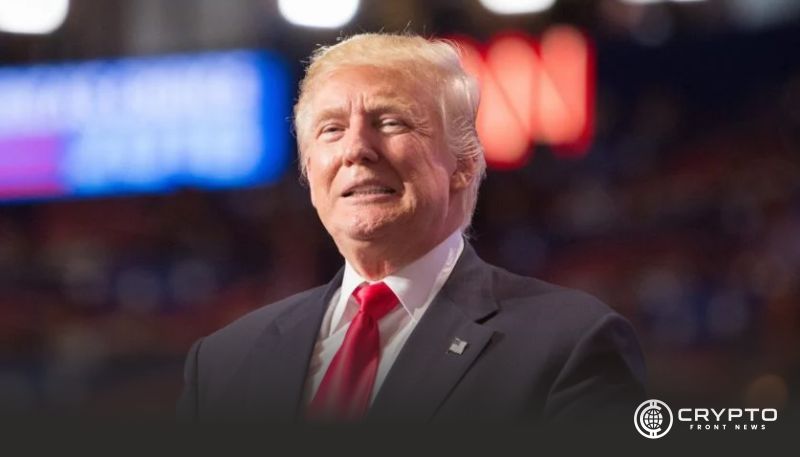- Meme stocks and memecoins could see price normalization as statistical arbitrage strategies and reduced volatility impact returns.
- BTC and GLD show milder price dips as their returns remain stable, while BTC’s negative gamma heightens market maker-driven volatility.
- ETH faces unique price resistance from gamma effects near $2.5K, with market maker selling limiting upward movement in the short term.
Donald Trump’s 2024 election victory as a pro-crypto president has had diverse market reactions. Traders face a strategic decision: “sell the truth” or focus on volatility trading, especially across assets like Bitcoin (BTC), gold (GLD), meme stocks, and memecoins. While typical post-event sell-offs may affect these assets, selling volatility appears more lucrative for traders looking to manage potential market turbulence in the coming days.
“Selling the Truth” Dominates Meme Stocks and Memecoins
After major events, it’s common for traders to sell high-performing assets, capitalizing on the reduction of market uncertainty. For meme assets, particularly meme stocks like DJT and various memecoins, a price normalization trend is expected.
This pattern often occurs due to statistical arbitrage opportunities that arise as abnormal returns revert, alongside a sharp fall in implied volatility levels. DJT, for instance, exhibits extremely high volatility, with a 30-day at-the-money (ATM) implied volatility exceeding 300%. After the election, as market makers adjust positions, liquidity challenges could trigger sell-offs before and during market openings.
Declining Volatility Tapers Movements for BTC and GLD
In contrast to meme assets, BTC and GLD are likely to see limited price declines, despite reduced volatility. Unlike the exaggerated return distribution of meme stocks, BTC and GLD returns remain more consistent, suggesting milder post-election sell-offs.
However, BTC, with its negative gamma, stands out as market makers’ hedging behaviors intensify price shifts during upward or downward movements. GLD, which has a positive gamma, sees slower price rises due to hedging that applies resistance during upward trends. This distinction adds complexity to potential price shifts between these assets, reflecting different post-election volatility dynamics.
ETH Faces Unique Resistance
Ethereum (ETH) encounters similar dynamics to GLD, with strong resistance stemming from its gamma peak near the $2.5-2.6K strike price. As prices increase, market makers primarily adopt selling stances, creating additional price resistance. This resistance, especially in weekly options trading, could restrict ETH’s price movement in the short term, influencing hedging behaviors that keep ETH prices contained.
Selling volatility remains the prevailing strategy amid the election’s aftermath. While directional trading might face uncertainties due to market maker adjustments, calendar trading offers opportunities in this unique term structure. With implied volatility (IV) in deep backwardation, selling front-end volatility and buying far-end options may provide rare profitability, as the term structure readjusts after election announcements.





